Phonological vs. Articulation Disorders: What Parents Should Know
Introduction to Speech Sound Disorders
Speech sound disorders (SSDs) impact many children and can affect their ability to communicate clearly. Among these, phonological and articulation disorders are common but distinct challenges. This article aims to help parents understand these two types of speech difficulties, recognize signs early, comprehend causes and assessment methods, and learn about effective treatments to support their child’s speech development.
What Are Phonological and Articulation Disorders?
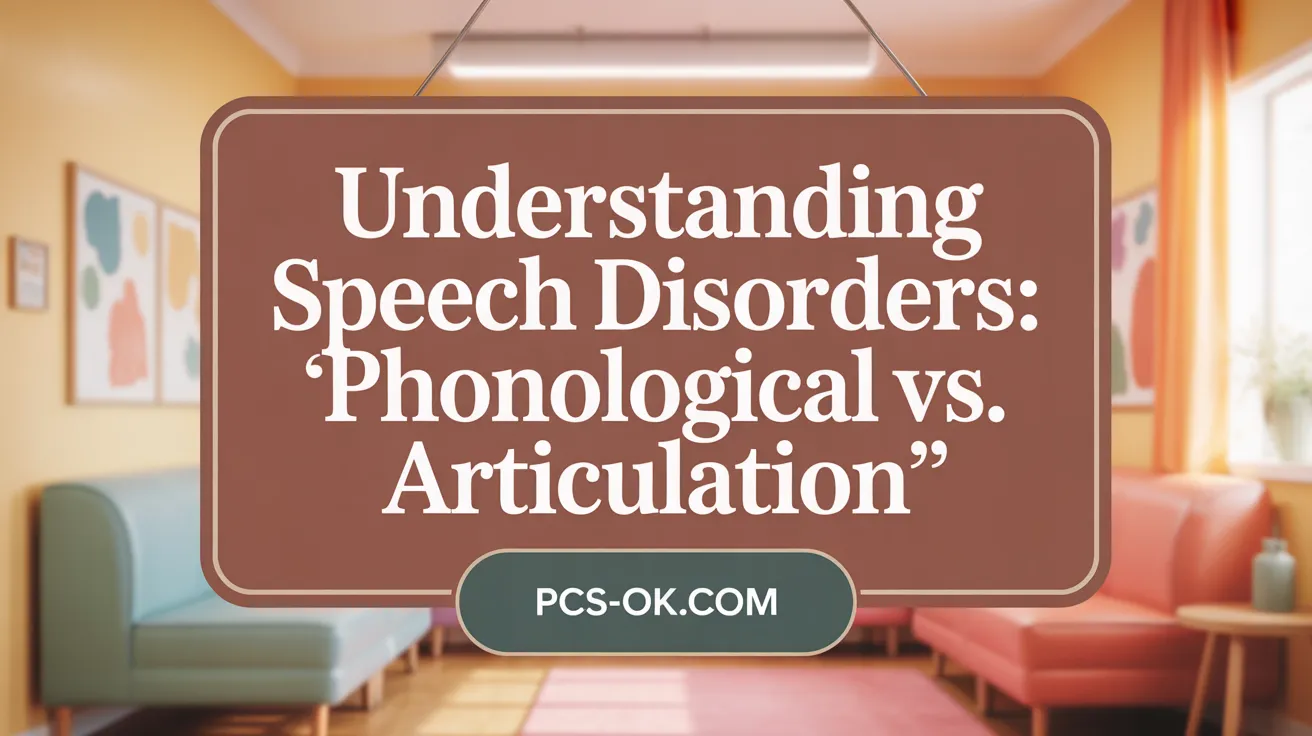
What are phonological and articulation disorders?
Phonological disorders involve difficulties in organizing and using the sound patterns of a language. Children with these issues often produce predictable speech errors, such as substituting sounds or omitting consonants, which can make their speech harder to understand. These challenges typically affect multiple sounds and sound patterns, impacting skills like reading and spelling over time.
Articulation disorders, on the other hand, relate to problems physically producing specific speech sounds accurately. This includes issues like lisps or the inability to pronounce particular sounds such as ‘r’ or ‘s’. Children with articulation problems may be able to produce sounds in isolation but struggle to say them correctly within words or sentences.
Core differences between the two
| Feature | Articulation Disorders | Phonological Disorders |
|---|---|---|
| Definition | Trouble physically producing sounds | Difficulty organizing and applying sound rules |
| Speech errors | Usually inconsistent, focus on specific sounds | Predictable patterns of errors |
| Impact on speech | May involve distortions or substitutions of certain sounds | Use of simplified or incorrect sound patterns |
| Effect on language | Usually not affecting overall knowledge of sounds | Can influence literacy and broader language skills |
Examples illustrating each disorder
For articulation disorders, a child might say ‘wabbit’ instead of ‘rabbit’, misarticulating the ‘r’ sound. In contrast, a child with a phonological disorder might say ‘wabbit’ consistently, replacing ‘r’ with ‘w’, but also omit final consonants or use simplified syllables across words.
The importance of accurate diagnosis
Correctly identifying whether a child has an articulation or phonological disorder is crucial. While both can affect speech clarity, their underlying causes and treatment approaches differ. Speech-language pathologists conduct thorough assessments, analyzing speech patterns, errors, and the child’s overall language skills. Proper diagnosis ensures targeted therapy that effectively addresses the specific issues, helping children improve their speech and communication abilities.
Key Differences Between Phonological and Articulation Disorders
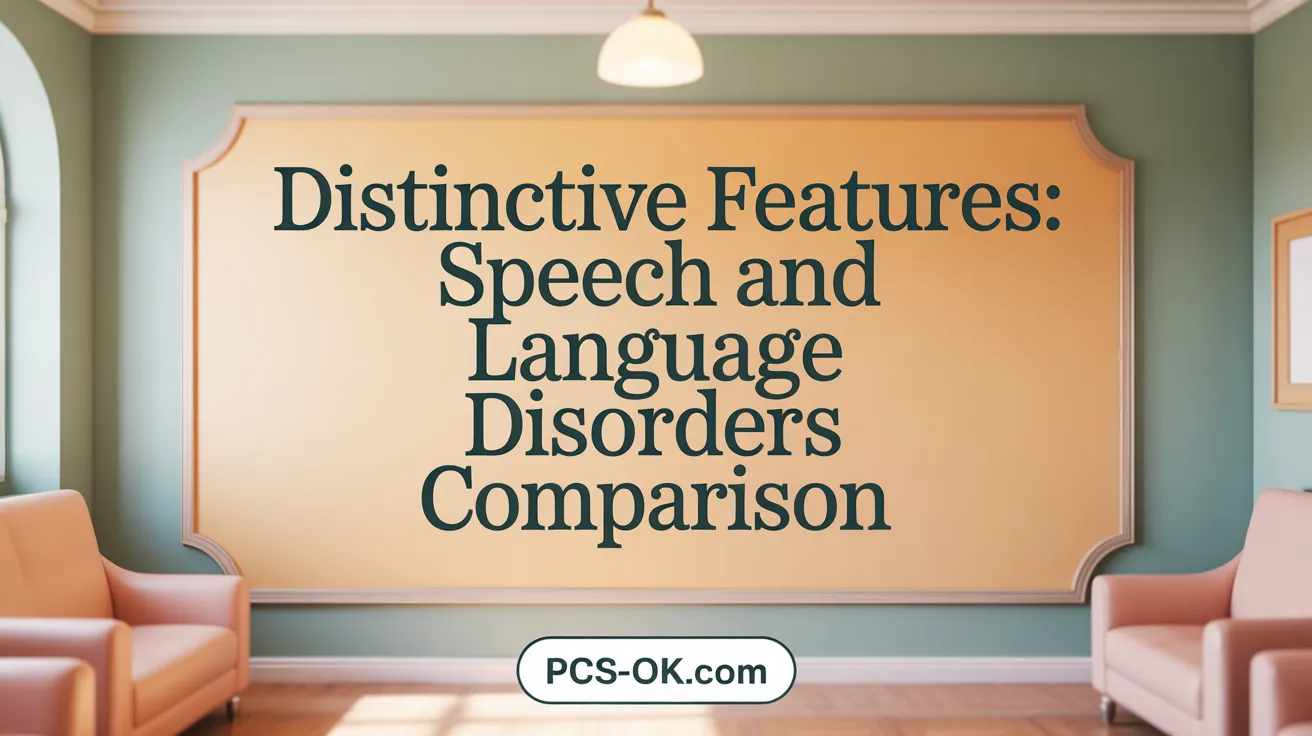
What are the main differences between phonological and articulation disorders?
Understanding the distinctions between phonological and articulation disorders is essential for accurate diagnosis and effective treatment. Articulation disorders primarily involve difficulties with the physical production of specific speech sounds. A child with an articulation disorder might substitute one sound for another or distort sounds due to issues with oral-motor skills or structural anomalies. For example, a child may say ‘wabbit’ instead of ‘rabbit’, demonstrating trouble with individual sounds.
In contrast, phonological disorders relate to the rules and patterns governing how sounds are organized within a language. Children with phonological disorders often produce correct individual sounds but apply them in incorrect patterns, affecting the intelligibility of their speech. For instance, they might consistently front sounds in words (like saying ‘tat’ instead of ‘cat’) or omit final consonants.
The errors also differ in type. Those with articulation issues tend to have familiarity with the correct sound but struggle with motor control, resulting in specific errors like substitutions, omissions, distortions, or additions. Children with phonological issues tend to know how to produce sounds but apply incorrect sound patterns due to difficulties with the phonological rules.
Underlying mechanisms of both disorders
Articulation disorders often stem from physical or neurological factors affecting speech muscles, teeth, or mouth structure. These include motor speech issues or structural abnormalities such as cleft palate. Phonological disorders, however, are more related to linguistic processing, involving how children organize and apply sound patterns.
Types of speech errors associated with each
Articulation Errors:
- Substitutions (e.g., saying ‘wabbit’ instead of ‘rabbit’)
- Omissions (missing sounds, e.g., saying ‘boo’ instead of ‘blue’)
- Distortions (slurred or lisped sounds)
- Additions (extra sounds inserted)
Phonological Errors:
- Fronting (substituting a sound produced in the front of the mouth for one farther back, e.g., ‘tat’ for ‘cat’)
- Gliding (substituting a glide /w/ or /j/ for sounds like /r/ or /l/)
- Final consonant deletion (dropping sounds at the end of words, e.g., ‘ca’ for ‘cat’)
- Assimilation and other pattern-based errors
Examples of phonological processes vs articulation errors
| Error Type | Example | Description | Typical Age of Resolution | |——————————–|——————————–|———————————————————-|—————————| | Articulation Error | ‘wabbit’ for ‘rabbit’ | Misarticulation of specific sounds due to motor issues | Usually resolve early | | Phonological Process | ‘tat’ for ‘cat’ | Pattern error like fronting, where the child replaces sounds | | Usually resolve by age 3-4 |
How treatment approaches vary based on disorder type
Approaches for articulation disorders focus on motor-based strategies, such as practicing correct placement of speech organs, using visual cues, and repetitive speech exercises. Therapy aims to improve the physical ability to produce sounds.
For phonological disorders, therapy targets understanding and application of sound rules and patterns. Techniques include auditory discrimination tasks, phonological awareness activities, and pattern elimination exercises. The goal is to help children internalize correct sound patterns and improve overall speech intelligibility.
By recognizing whether a child’s errors stem from physical difficulties or linguistic rules, speech-language pathologists can tailor their therapy methods to ensure the most effective outcomes in speech clarity and communication skills.
Recognizing Signs and Symptoms of Speech Sound Disorders in Children
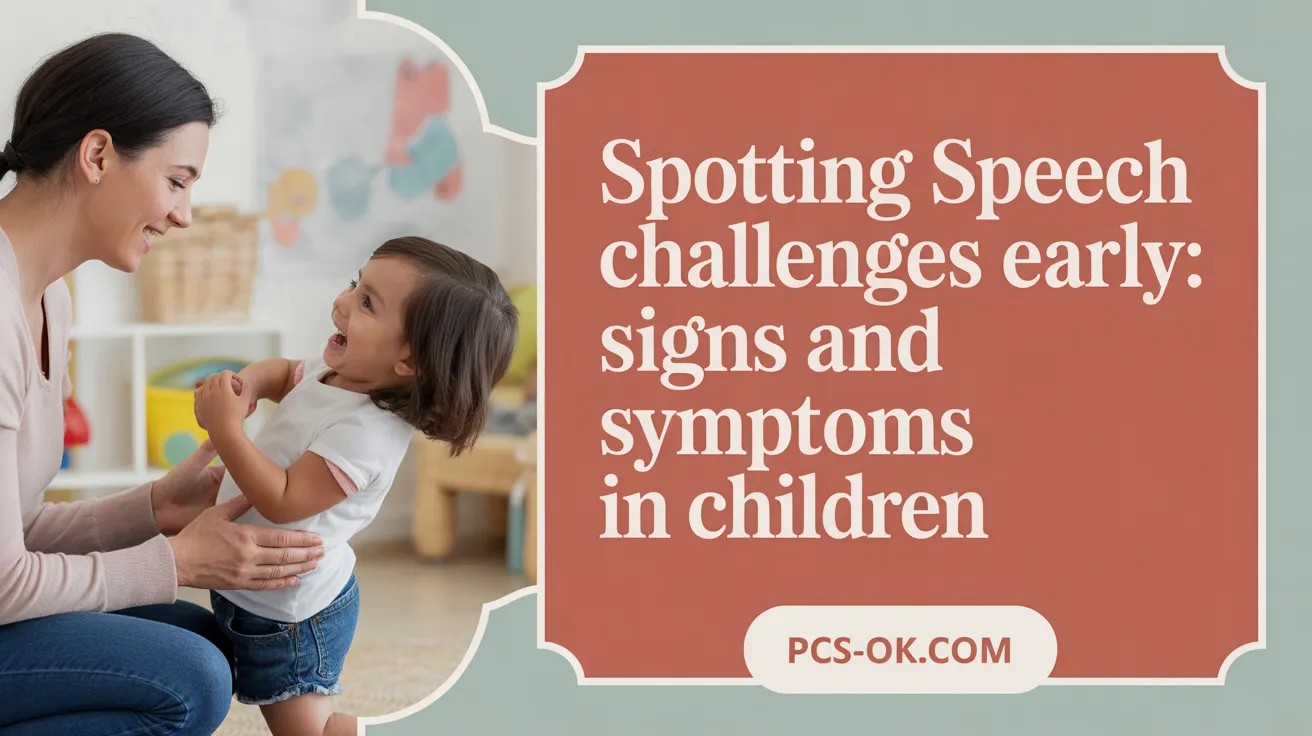
What are common signs and symptoms of speech sound disorders in children?
Children with speech sound disorders often display noticeable difficulties in pronunciation that go beyond normal developmental variability. These signs include persistent errors in producing specific sounds, such as substituting ‘w’ for ‘r’ or omitting consonants at the end of words. Children may say ‘wabbit’ instead of ‘rabbit’ or ‘do’ instead of ‘go.’ These errors tend to last longer than typical developmental stages, which can cause their speech to be less understandable.
Common error patterns involve omissions, substitutions, distortions, or additions of sounds within words. Some children might simplify complex words, produce only one syllable when more are expected, or leave out consonants altogether. Repetitive or inconsistent errors, where different pronunciations occur for the same words, are also typical.
Furthermore, these speech patterns can impact how well others understand the child, especially as they grow older. An inability to produce certain sounds correctly or inconsistencies in speech can make communication more challenging. Awareness of these signs is essential for early identification and intervention.
The symptoms can be classified broadly into those characteristic of articulation disorders and phonological disorders. Articulation errors mainly involve difficulty producing individual sounds accurately, while phonological errors involve patterns or rules of sound use that affect overall intelligibility.
Detecting these signs early can guide parents and caregivers to seek professional help, which is critical for improving speech clarity and supporting effective communication.
Age-related speech milestones
Understanding typical developmental milestones helps distinguish between normal speech acquisition and disorders. By age 2, children are expected to understand and produce about 50-75% of speech sounds, with around 50 words spoken. By age 3, vocabulary expands to approximately 1,000 words, with longer sentences forming.
At age 4, children usually speak in sentences and their speech is 90-95% intelligible to strangers. By school age, most children are understandable with clear articulation, and speech errors decrease significantly.
Children who struggle to meet these milestones or who show persistent errors beyond these typical ages should be evaluated by a speech-language pathologist.
Impact on intelligibility and communication
Speech sound errors can affect how well a child is understood by others, impacting social interactions and academic performance. While some errors are common early on, persistent errors can hinder communication and lead to frustration.
A child’s age plays an important role: understanding at age 2 is expected to be around 70%, increasing to nearly 100% by age 4. If a child’s speech is significantly less intelligible than this, especially beyond the preschool years, professional assessment is recommended.
Improving speech clarity through targeted therapy can help children participate fully in social and educational activities, boosting confidence and social development.
When to seek professional help
Parents should consider consulting a speech-language pathologist if their child shows signs of speech difficulties beyond the typical age, such as frequent substitutions, omissions, or distortions, especially if the child is not making progress. Persistent difficulty understanding or being understood, or if speech problems interfere with social or academic success, warrants professional evaluation.
Early intervention provides the best chance for effective treatment. A speech-language pathologist will assess the child’s speech patterns, determine if there is a disorder, and develop an appropriate therapy plan. Regular therapy sessions and home practice can lead to significant improvements, supporting the child’s overall language development and communication skills.
Causes, Development, and Risk Factors of Phonological and Articulation Disorders
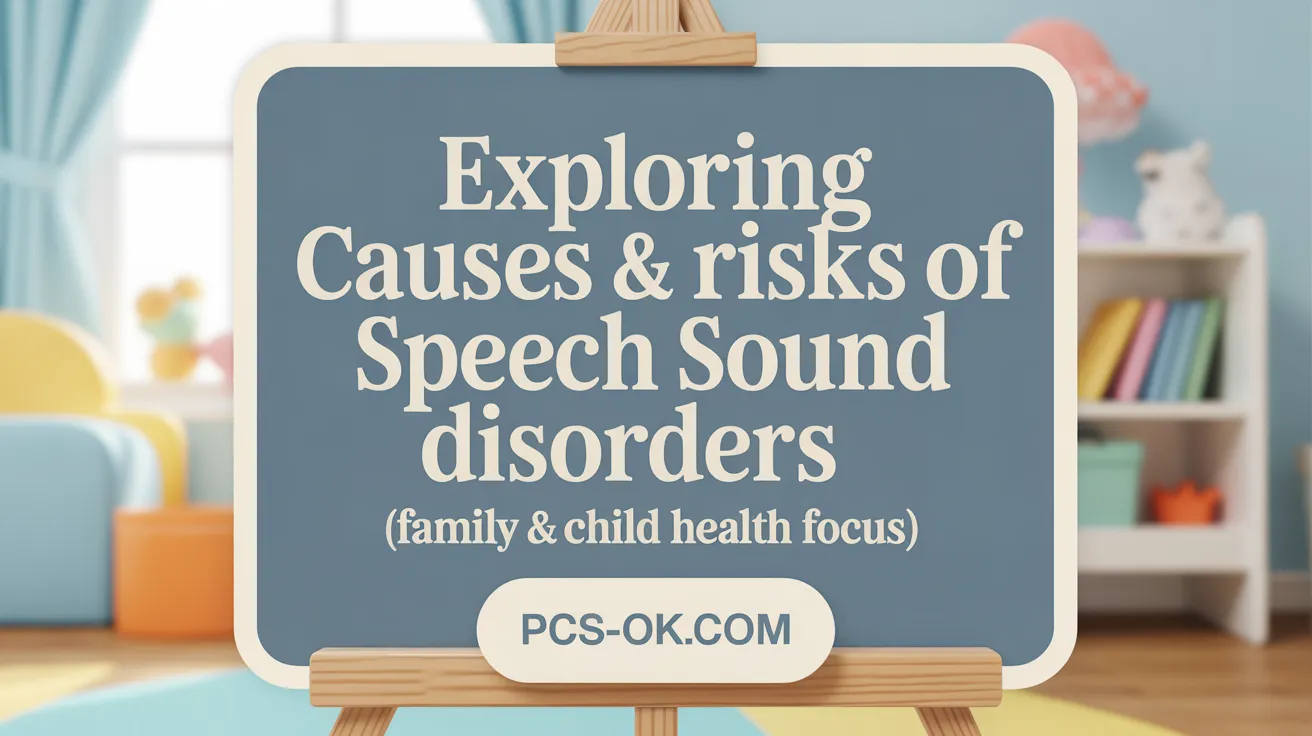
What causes phonological and articulation disorders, and how do they develop?
Phonological and articulation disorders can arise from a variety of underlying causes. These include developmental delays, neurological impairments, structural abnormalities such as cleft palate or missing teeth, and sensory issues like hearing loss, especially from recurrent ear infections. Some children develop these disorders without a known cause, which is referred to as idiopathic.
Structural issues of the oral cavity can interfere directly with speech sound production, leading to articulation problems. For example, a cleft palate can cause difficulty forming specific sounds. Sensory deficits, particularly hearing loss, may hinder a child’s ability to hear and imitate correct speech sounds, affecting both articulation and phonological development.
In some cases, these disorders are linked to genetic factors and family history. Children with relatives who have speech or language difficulties are at a higher risk, suggesting a hereditary component.
Developmentally, children typically reach speech milestones gradually. Articulation disorders often involve difficulty physically producing sounds due to motor coordination problems, while phonological disorders consist of rule-based errors, such as consistent speech patterns that are incorrect for their age.
Children who experience early health issues such as pre- and perinatal problems, prematurity, or persistent otitis media (middle ear infections with fluid buildup) are more vulnerable. These health issues can impact the child’s speech development timeline and lead to more persistent challenges.
Both types of disorders tend to develop when children fail to meet typical speech milestones, such as saying phrases by age 2 and having intelligible speech by age 4. Early identification and intervention are crucial, as they can significantly improve communication skills and reduce long-term difficulties.
Recognizing the signs early and seeking assessment from a speech-language pathologist allows for targeted therapy. Whether the issue stems from motor coordination or speech rules, professional guidance ensures the best developmental outcomes.
Assessment and Diagnosis of Speech Sound Disorders
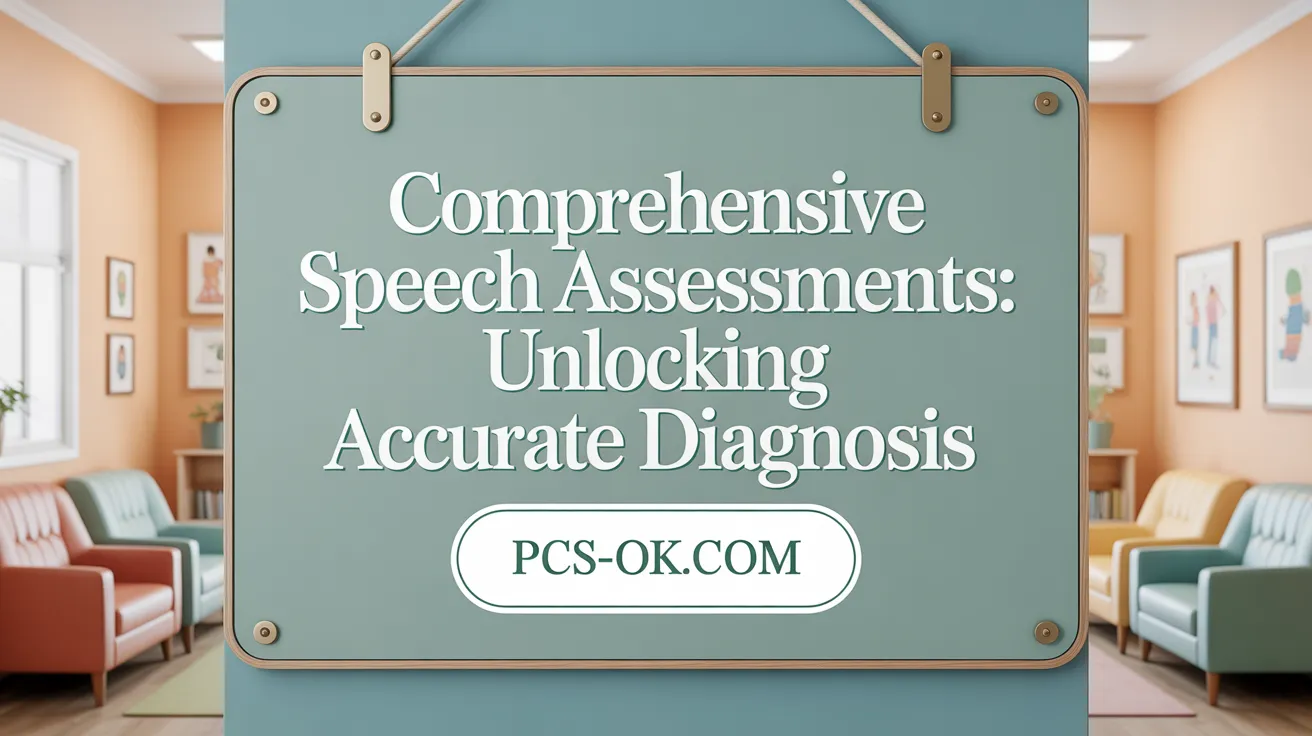
How are speech sound disorders assessed and diagnosed?
The evaluation of speech sound disorders (SSDs) is a detailed process primarily conducted by speech-language pathologists (SLPs). This process begins with initial screening, which helps identify whether a child’s speech development is within normal limits or requires further assessment. Following screening, clinicians gather a comprehensive case history that includes medical background, hearing status, developmental milestones, and family history.
Assessment methods are multifaceted. SLPs utilize standardized tests that measure speech sound production and phonological patterns, alongside collecting speech samples in both single words and connected speech to observe natural language use. Perceptual judgments allow the clinician to evaluate speech intelligibility—the degree to which speech is understood by others—and to identify specific error types such as omissions, substitutions, distortions, and additions.
Additional diagnostic procedures include stimulability testing, where children are encouraged to produce sounds they find difficult, and phonological pattern analysis to examine common error processes like fronting or backing. Speech perception testing assesses a child’s ability to discriminate between correct and incorrect sounds, which is especially important for distinguishing between articulation and phonological disorders.
Clinicians also conduct oral-motor assessments to determine the physical capacity for speech production and evaluate hearing to rule out auditory deficits influencing speech. Throughout this process, the speech-language pathologist considers the child’s linguistic and cultural background, including dialects and accents, which do not necessarily indicate disorders.
Interpreting all these results collectively enables the clinician to identify whether the child has an articulation disorder, phonological disorder, or a motor speech disorder such as childhood apraxia. The detailed diagnosis then informs the development of targeted, individualized intervention plans to support the child’s speech development.
Effective Treatments and Support for Phonological and Articulation Disorders

What treatment options and therapies are available for phonological and articulation disorders?
Children with speech sound disorders benefit from a variety of tailored therapy approaches. Speech-language pathologists typically utilize methods that focus either on motor skills necessary for speech or on the rules governing sound patterns.
Articulation therapy aims to correct specific sound production problems through techniques like imitation, placement, and practice exercises. For example, a child may work on properly positioning their tongue or lips to produce the ‘r’ sound correctly.
Phonological therapy, on the other hand, targets broader sound patterns and language rules, such as fronting or final consonant deletion. Techniques like minimal pair contrast therapy, cycles approach, and phonological awareness training help children understand and generalize correct sound patterns.
Additional methods include naturalistic, play-based activities, literacy-focused interventions, and, in some cases, biofeedback or oral-motor exercises. When children speak multiple languages, therapy is adapted to all relevant linguistic systems to ensure comprehensive support.
Early assessment and intervention are crucial in designing effective treatment plans. These plans often blend multiple strategies, tailored to the child’s specific errors, developmental norms, and personal needs. Guided by thorough evaluation, therapy aims to improve clarity, confidence, and communication effectiveness.
How can parents and caregivers recognize and address speech issues in children?
Parents play a vital role in early detection and support. Observation of developmental milestones is a starting point. For instance, delayed babbling, limited vocabulary, or difficulty imitating sounds beyond the typical age can signal speech issues.
Other signs include inconsistent pronunciation, unintelligibility of words after age 2, or absence of gestures by 12 months. Difficulties understanding new words, trouble following directions, or producing abnormal speech patterns like stuttering are additional indicators.
If concerns arise, consulting a qualified speech-language pathologist promptly allows for comprehensive assessment and personalized therapy planning. Early intervention significantly improves outcomes.
Parents can support their child’s speech development at home by actively engaging in conversations, reading aloud, singing, and playing interactive language games. Labeling objects, encouraging imitation, giving choices, and providing positive reinforcement foster an enriching language environment.
By staying attentive to speech and language milestones, and seeking professional help when necessary, caregivers can help children overcome speech sound disorders effectively and confidently.
| Aspect | Articulation Disorder | Phonological Disorder | Support Strategies |
|---|---|---|---|
| Definition | Difficulty producing specific sounds | Difficulty understanding sound rules and patterns | Engage in speech-focused activities |
| Error Signs | Substitutions, omissions, distortions | Simplified speech, pattern errors | Play and practice, picture naming |
| Therapy Focus | Motor skills, sound placement | Sound patterns, language rules | Imitation, contrast, literacy activities |
| Typical Age of Resolution | Varies, some resolve with age | Often requires intervention if persistent | Consistent practice at home, professional guidance |
| Role of Parents | Support articulation exercises | Reinforce sound patterns, language skills | Reading, playing, modeling speech |
Understanding the differences between articulation and phonological disorders helps caregivers participate actively in treatment. Recognizing signs early and collaborating with speech professionals increases the likelihood of successful communication development.
Supporting Your Child’s Speech Development
Recognizing the differences between phonological and articulation disorders empowers parents to seek timely and appropriate help for their children. Early assessment and intervention by qualified speech-language pathologists can significantly improve communication outcomes and support children’s social and academic success. Parents and caregivers play an essential role through observation, encouragement, and collaboration with professionals to foster speech development and understanding. Awareness, patience, and informed action pave the way for children to overcome speech challenges and achieve clear, confident communication.
References
- Speech Sound Disorders: Articulation and Phonology
- Speech problems – articulation and phonological disorders
- Phonology vs Articulation: What is the Difference?
- A parent’s guide to speech sound disorders
- Phonological Disorder: Types, Signs & Treatment
- Identifying Speech and Language Concerns About your …
- Understanding Articulation vs. Phonological Disorders
- Articulation Disorder vs. Phonological Disorder: What’s The …
- Speech Sound Disorders in Children
